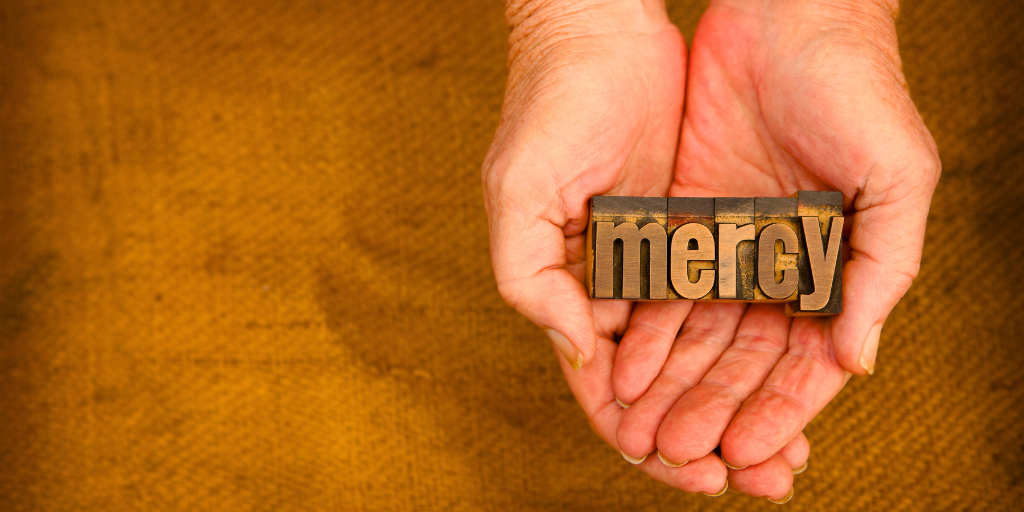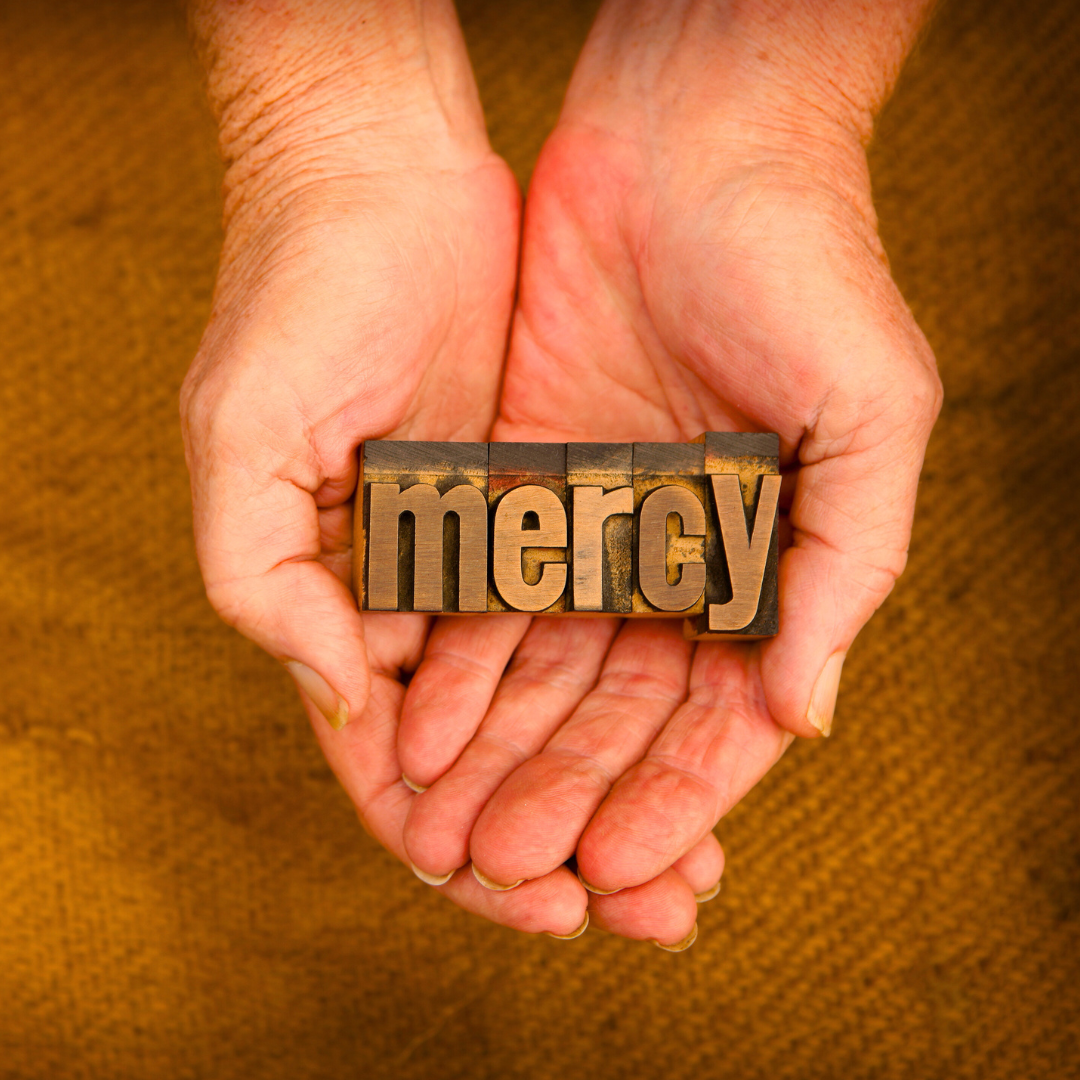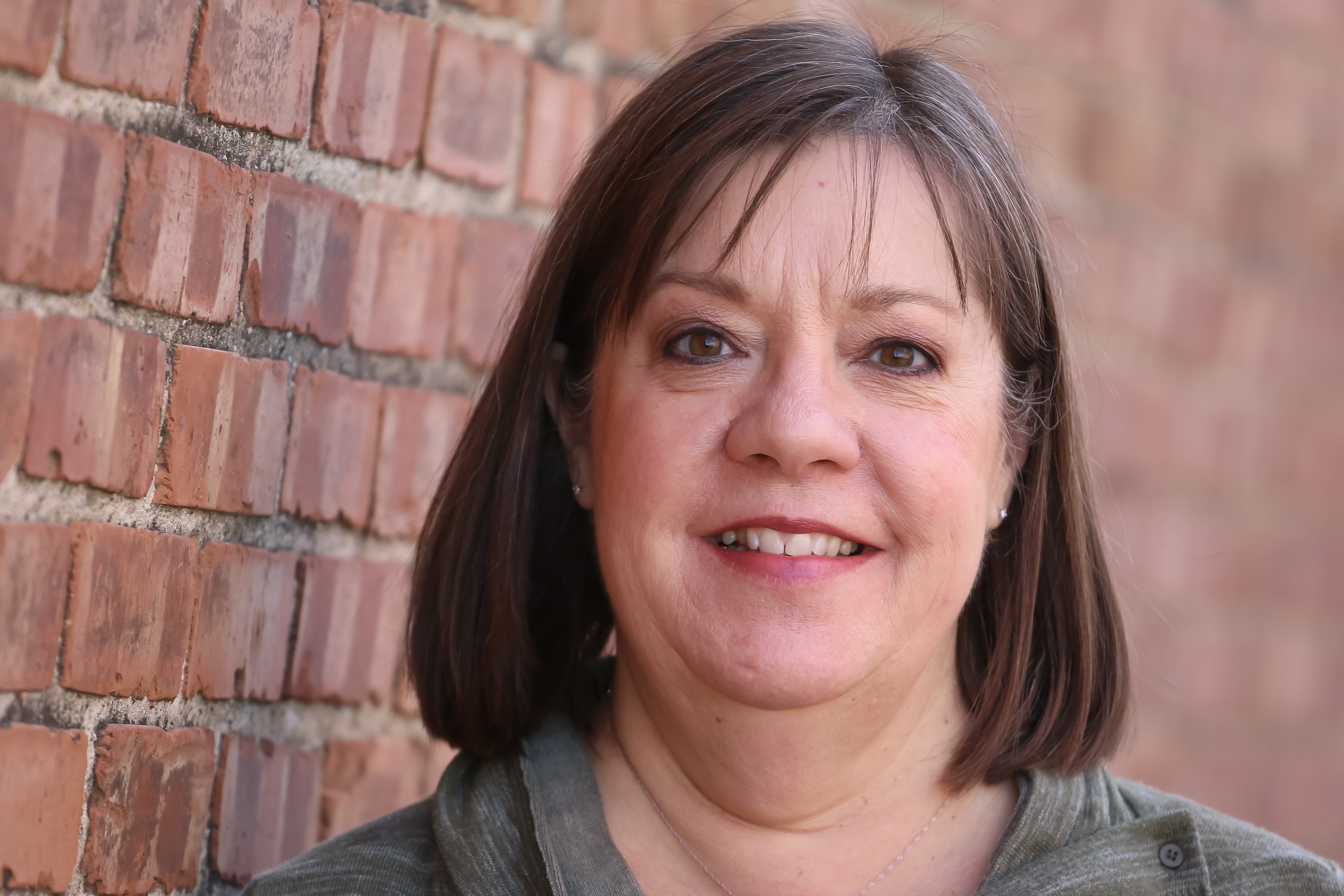
Julie Storr shares a reflection on the Collect for the Second Sunday of Easter.
This week we Lectio the Liturgy with the Collect for the Second Sunday of Easter. This week is also Divine Mercy Sunday.
God of everlasting mercy, who in the very recurrence of the paschal feast kindle the faith of the people you have made your own, increase, we pray, the grace you have bestowed, that all may grasp and rightly understand in what font they have been washed, by whose Spirit they have been reborn, by whose Blood they have been redeemed. Through our Lord Jesus Christ, your Son, who lives and reigns with you in the unity of the Holy Spirit, God, for ever and ever.
In the “who” of the prayer, we learn that God kindles the faith of His people. As a boy mom, I’ve seen my share of fires. Most of them were outside in the yard, except for the little fire burner that was small enough that you could toast marshmallows indoors. In their fire pit experience, it didn’t take long for my boys to realize that if you want to keep the fire burning, you have to kindle it. When it comes to faith, God is the one who kindles the fire whenever we celebrate the paschal feast in remembrance of Him.
Sometimes we may just feel like we’re going through the motions. We go to Mass, go to Reconciliation, or show up for personal prayer time, but actually, if we pay attention to it, these things are a response to God’s action of making us His own people. In the Latin form of the prayer, the people He has made his own is translated from sacratae tibi plebis, or people made sacred to Him. God took us for Himself and to Himself. We belong to Him. He makes us holy; this is our identity.
When our faith is kindled, our grace is increased. We have some truths that we need to rightly understand and to grasp. In the Latin form of the prayer, for grasp, we find the word comprehendant. It doesn’t mean just to grasp, it means to seize, to take hold of.
The three things the Church wants us to grasp and understand are, in what font we have been washed, by whose Spirit we have been reborn, and by whose Blood we have been redeemed.
The font where we have been washed is baptism, however, its meaning goes deeper than that. The font is the womb, and the womb is the tomb. The tomb of Jesus wasn’t just a place for the dead, it was the place of the resurrection. When we were baptized, or as we renewed our baptismal promises, we, too, emerged from the tomb in new life.
Whose Spirit we have been reborn from is the divinity of Jesus and in whose Blood we have been redeemed is the humanity of Jesus. Not just anyone could die on the cross for us. No mortal man would be able to redeem us. Only God could reclaim his people and make them His own. Only God could take on mortal flesh and break the power of sin and death and He did it because He is a God of everlasting mercy.
Some might define mercy as compassion; however, as I meditated on that definition, I had a sense that God’s mercy is more than that. He showed us that mercy is compassion in action. He didn’t just love us and wanted us saved, He died to show us His love. The ever-living Son of God is the God of everlasting mercy. The scars in his hands weren’t just for Thomas, they are for us, too. May those scars always remind us of who we are - a sacred, chosen people, loved by a God of mercy.

Copyright 2024 Julie Storr
Images:
About the Author

Julie Storr
Julie Storr surprised herself when she went from “never ever going to be Catholic” to a lover of the lectionary. Her thirst for the Faith is never quenched and she is always surprised at the depth of the relationship with Christ that one can find in the Catholic Church. She and her husband live in Pocahontas, Iowa. Visit her website at LectioTheLiturgy.com.


.png?width=1806&height=731&name=CatholicMom_hcfm_logo1_pos_871c_2728c%20(002).png)
Comments